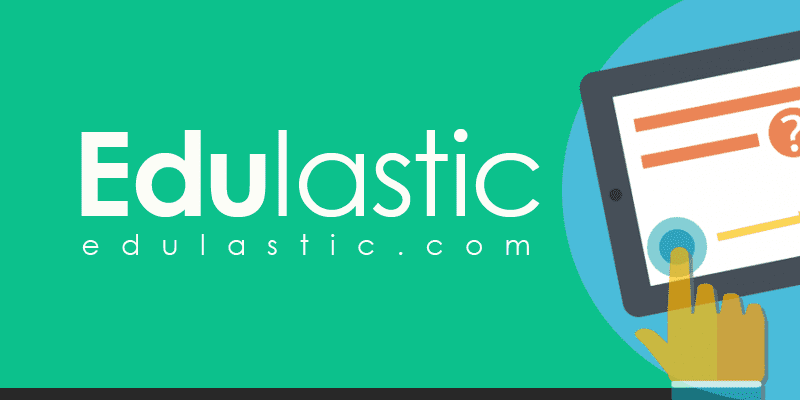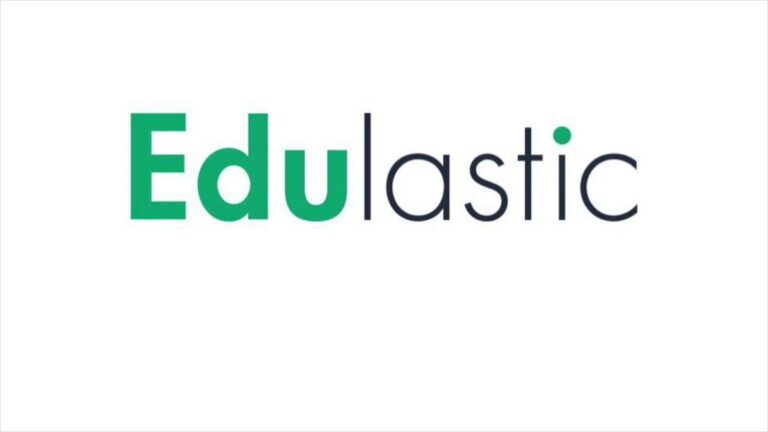In the rapidly evolving educational landscape, where traditional teaching methods are continually being challenged and augmented by innovative technologies, Edulastic emerges as a significant beacon of advancement. This platform has revolutionized the way educators approach assessments, enabling a more dynamic, interactive, and feedback-oriented learning environment. By diving deep into the functionalities, benefits, and implementation strategies of Edulastic, this article aims to provide educators, administrators, and educational technologists with comprehensive insights into maximizing its potential to enhance educational outcomes.
Table of Contents
ToggleUnveiling Edulastic: A Comprehensive Overview
At its core, Edulastic is a web-based assessment platform designed to facilitate personalized learning experiences through technology-enhanced assessments. It stands out by offering a rich repository of standards-aligned questions across various subjects and grade levels, coupled with real-time data analytics to track student performance and understanding. The platform’s intuitive interface allows teachers to create, distribute, and analyze assessments with ease, paving the way for a more informed and responsive teaching approach.
The Power of Personalized Assessments
One of the most compelling attributes of Edulastic is its ability to support personalized learning paths. Teachers can tailor assessments based on individual student needs, learning styles, and proficiency levels, thereby promoting a more inclusive and effective learning environment. This personalization extends to various types of questions (multiple choice, short answer, essay, etc.) and interactive content, which not only engage students more deeply but also cater to different learning modalities.
Real-Time Insights and Feedback
Another significant advantage of using Edulastic is the immediate access to detailed analytics and feedback it provides. Educators can monitor student progress in real-time, identify knowledge gaps, and adjust instruction accordingly. This ongoing assessment process helps in fostering a growth mindset among students, encouraging them to view challenges as opportunities for learning and improvement.
Implementing Edulastic: Strategies for Success
Adopting any new technology in the classroom requires thoughtful planning and strategic implementation. Here are some practical tips for integrating Edulastic into the educational process effectively.
Professional Development and Training
Ensuring that educators are well-versed in the functionalities and best practices of Edulastic is crucial. Investing in professional development and training sessions can empower teachers to utilize the platform to its full potential, leading to more impactful learning outcomes.
Incorporating Edulastic into Curriculum Planning
Edulastic should be seamlessly integrated into the curriculum, rather than being an afterthought or a standalone tool. By aligning assessments with curriculum objectives and learning outcomes, educators can use Edulastic as a powerful instrument for driving instructional decisions and enhancing the learning experience.
Fostering a Collaborative Learning Environment
Edulastic also offers opportunities for collaborative learning. Teachers can share assessments and resources within the platform, promoting a culture of collaboration and continuous improvement among the educational community. Encouraging students to engage in peer assessments and feedback can further enrich the learning process.

Navigating Challenges and Maximizing Impact
While Edulastic offers numerous benefits, educators may face challenges in its implementation, such as resistance to change, varying levels of digital literacy among students and teachers, and the need for consistent access to technology. Addressing these challenges head-on, through ongoing support, equitable access to resources, and fostering a positive culture towards technology use in education, can enhance the effectiveness of Edulastic.
Case Studies and Success Stories
Across the globe, numerous schools and districts have successfully integrated Edulastic into their teaching and learning processes, witnessing remarkable improvements in student engagement, assessment efficiency, and overall academic performance. These success stories serve as powerful testimonials to the potential of Edulastic to transform education.
Enhancing Engagement through Interactive Assessments
Edulastic’s interactive assessment tools significantly enhance student engagement and participation. By incorporating multimedia elements such as videos, audio clips, and interactive graphs, educators can create a more engaging learning experience that transcends traditional paper-based tests. This interactivity not only makes learning more enjoyable but also helps students better understand complex concepts by applying them in various contexts. As students interact with the content in diverse ways, their ability to retain information and apply knowledge in real-world scenarios improves, leading to deeper learning experiences.
Bridging the Gap with Adaptive Learning
Adaptive learning technology in Edulastic personalizes the educational journey for each student, allowing the platform to adjust the difficulty level of questions based on individual responses. This approach ensures that all students, regardless of their starting point, are challenged appropriately, promoting a more inclusive learning environment. Adaptive learning helps in bridging the achievement gap by providing additional support to those who need it while challenging advanced learners, ensuring every student can reach their full potential.

Streamlining Assessment Creation and Distribution
Edulastic simplifies the process of creating and distributing assessments, saving educators a significant amount of time and effort. With an extensive library of pre-made questions and the ability to customize or create new ones, teachers can quickly assemble assessments that are perfectly aligned with their learning objectives. The platform also facilitates easy distribution of these assessments online, making it possible to conduct evaluations regardless of geographical constraints, thereby supporting remote and blended learning environments.
Empowering Teachers with Data-Driven Decision Making
The comprehensive analytics provided by Edulastic empower teachers with data-driven insights into student performance and learning trends. This information is invaluable for informed decision-making, enabling educators to identify areas where students struggle and tailor their instruction to address these challenges. By having access to detailed reports on student progress, educators can make adjustments to their teaching strategies in real-time, ensuring that their approach is always aligned with the needs of their students.
Fostering Collaboration Among Educational Stakeholders
Edulastic promotes collaboration among teachers, students, and parents by providing a platform for shared access to assessment data and progress reports. This transparency helps build a supportive learning community where everyone is invested in the students’ success. Teachers can share best practices and resources with one another, while parents have a clear view of their child’s achievements and areas for improvement. This collaborative approach enhances the educational experience, making it more holistic and supportive.

Preparing Students for the Future
By integrating technology into assessment, Edulastic not only enhances current educational practices but also prepares students for the future. In an increasingly digital world, familiarity with online tools and platforms is essential. Edulastic helps students develop these critical digital literacy skills, ensuring they are prepared for further education and the workforce. Moreover, the emphasis on data literacy and self-directed learning fosters essential life skills such as critical thinking, problem-solving, and adaptability, equipping students to navigate the challenges of the 21st century.
Conclusion
Edulastic stands at the forefront of educational innovation, offering a suite of tools that can significantly enhance the way educators assess and respond to student needs. By embracing personalized learning, leveraging real-time data, and fostering a collaborative educational environment, schools can unlock the full potential of this dynamic platform. As education continues to evolve, Edulastic represents a critical step towards creating more responsive, engaging, and effective learning experiences for students worldwide. Embracing this tool requires not just a technological shift, but a cultural one, moving towards a future where education is more personalized, data-informed, and student-centered.

